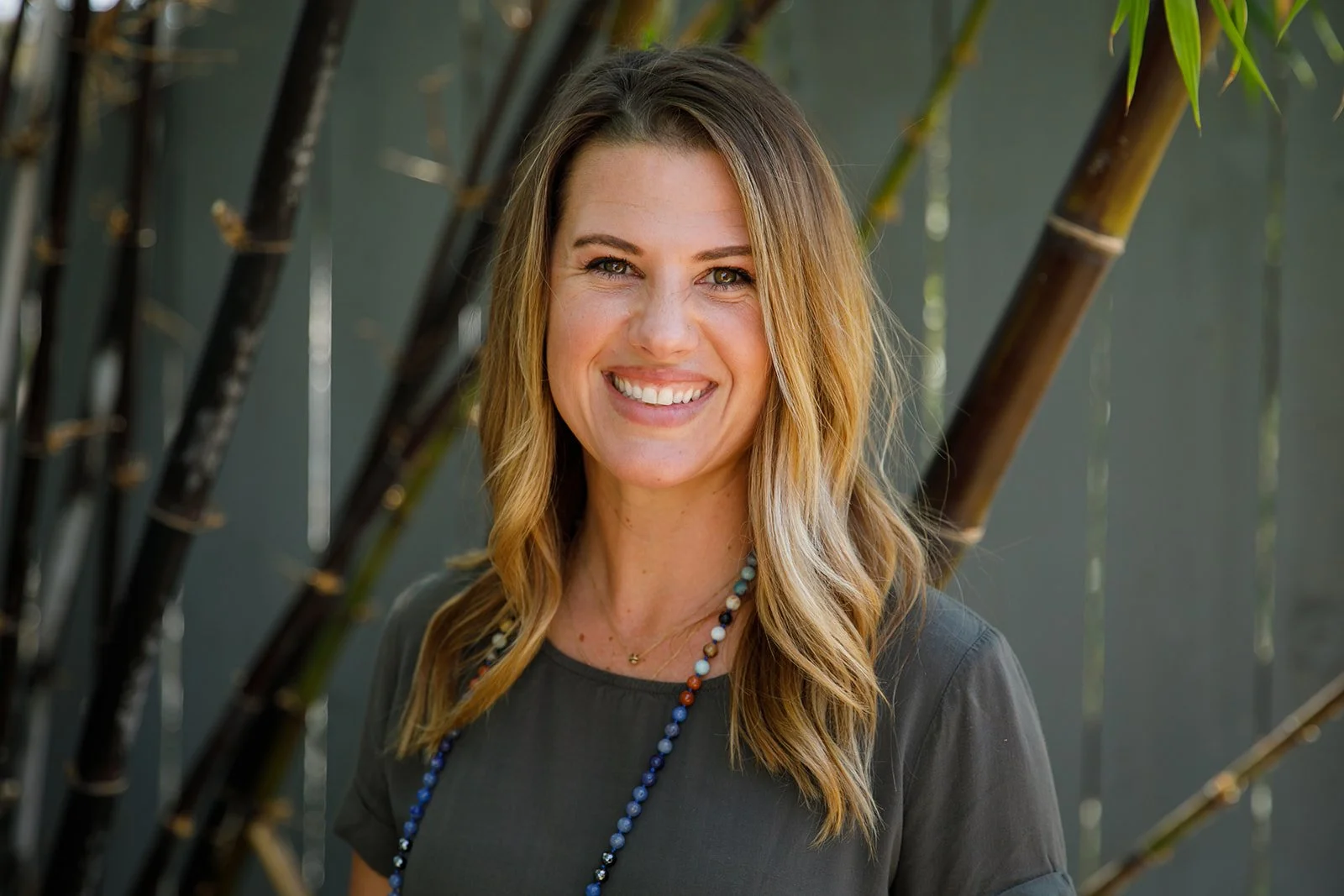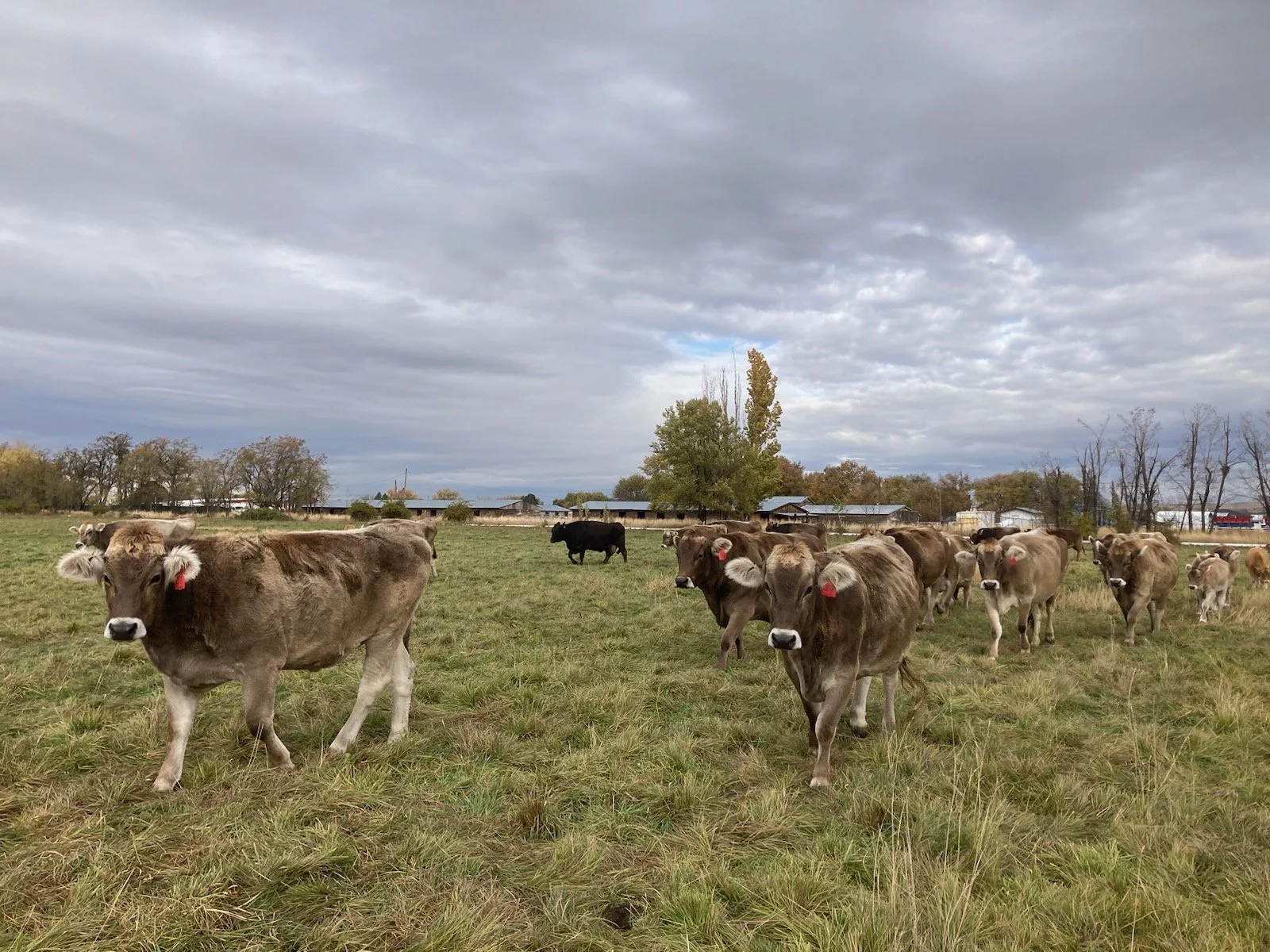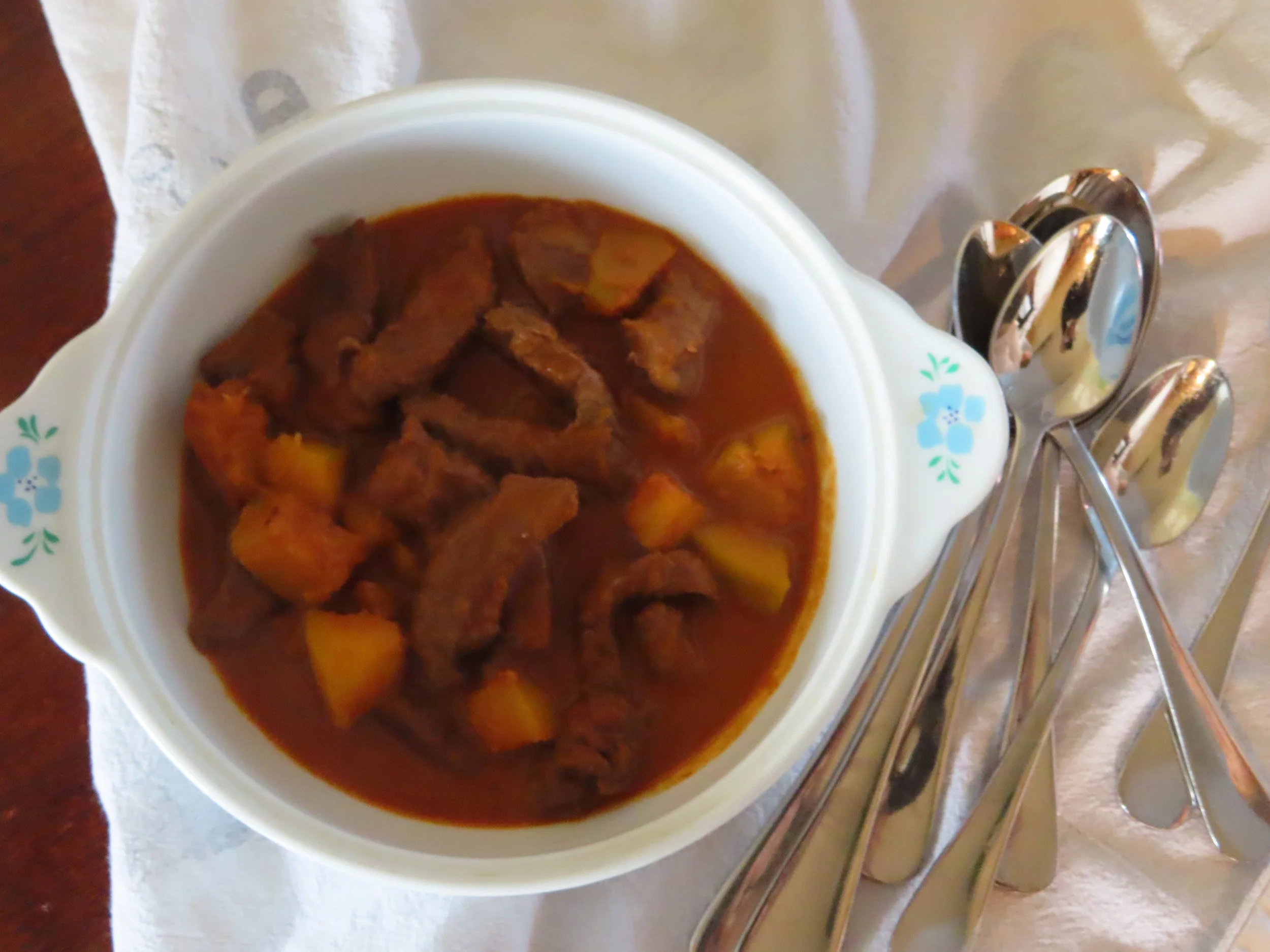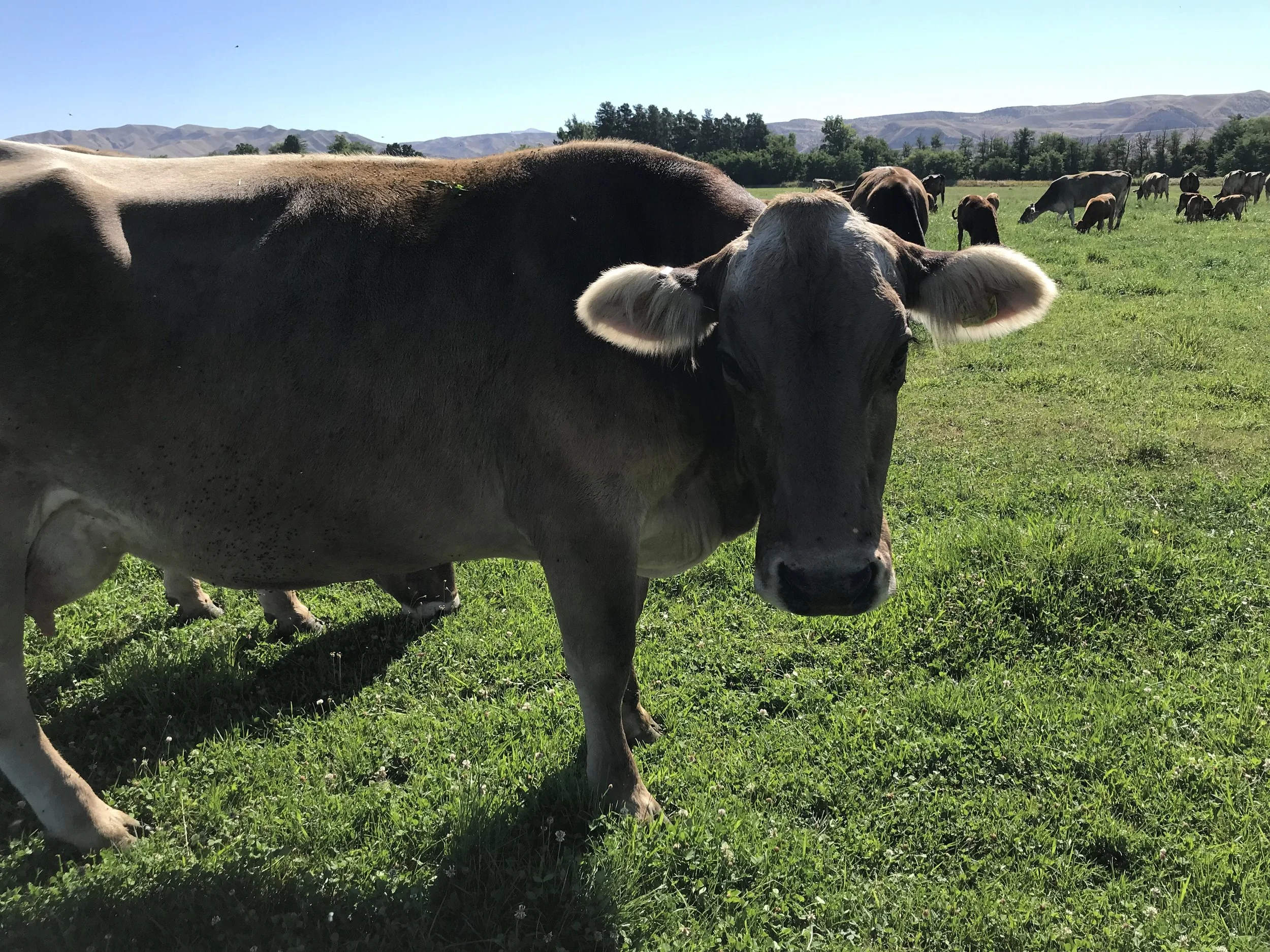by Claire Dill
What do you spend every week on dairy products?
Milk, cheese, butter, cream, yogurt, ice cream, etc... A lot of people average $25/week on dairy.
Our family uses a lot of dairy, so our number would be way higher, but I'm going to try to run some average numbers here.
For your own cow, here are some things and numbers to consider, than I'll run all the numbers at the end.
Start up costs
Fencing (before you get your cow!!!):
For a very simple basic small enclosure, you could probably get a decent set-up for about $300, with an electric fencer, hot wire, tposts, and insulators.
Barn or shed:
Depending on where you live, you may need or want a barn or shed for the cow to get out of the weather during cold, hot or super wet seasons, and also for you for a dry place to do the milking. Lots of factors here, but $1000 ought to get you a simple dry place for a start, even one wall and a roof will help a lot, unless you get extreme cold for long periods of the winter. And a headlocking stanchion, or a narrow alley to use as a chute, is very handy.
Milking supplies:
If you handmilk, into a bowl or bucket that you already have, and use coffee filters or cheesecloth for straining, and rags and soapy water for cleaning her teats, this can be very economical. If you want to use paper towels and iodine and plastic gloves and industrial filters, these costs climb. Single unit milking machines look to range from $300 - $1500, but you could probably get a pretty good one for $500, and unless you want to handmilk, the investment is usually worth it. A kick bar (applied judiciously during milking to shut down most kicking action), is a very worthwhile expenditure to have as an option, around $25.
The cow:
These days, prices range from $1000 - $5000. A young or middle-aged cow, who has had babies and been milked already, is gentle and socialized, halter broken, all four teats in working order, healthy and sound, bred back for the next baby, in milk or close to freshening, is organic, is A2A2, is used to eating grass and has genetics bred to thrive on grass (will save a lot of feed costs, if you have pasture available and she can thrive while utilizing the grass), etc, will cost a lot more than a first calf heifer or an old cow, unproven or wild or ornery, one or more teats malfunctioning, chronic mastitis, having hoof or eye or other health problems, not breeding back or staying bred, etc., etc. For the sake of the average, I'll calculate with a $3000 cow, but know that depending on where you live and what characteristics you prioritize, it could be very worth spending more.
Startup costs total: Ballpark $4800. Divide by 8 years (average cow lifespan), $600 a year, equaling about $11.50 a week.
Up keep
Hay:
For a fullsize cow, we feed about 40 pounds of hay a day, 6 months out of the year. If you have grass available, you may need less hay. But I'll run with this number, because its a pretty solid average. Hay considerations are grass vs alfalfa, small bales vs large bales (do you have a tractor to move 600 -1000 pound bales?), organic hay or not... An average number of about 10 dollars for a small bale is what I'm figuring, and an 80 pound bale. So, 15 bales a month, 6 months a year, would be $900 for hay.
Grain:
We don't feed grain, on our farm, but a lot of people figure 3 pounds of grain for every gallon of milk the cow gives. If you choose to feed grain, it will probably be a ballpark of $1200 for the year. (Our Brown Swiss have been eating grass and hay only for generations now, and give 4-10 gallons per milking at their peak. But mini cows will give a lot less, cows used to grain will typically give much less milk and lose body condition if they don't continue to receive grain, and factoring in the grain history and production expectation is important.)
If you have grass, you may need to spend more on fencing to be able to safely access the grass. Also, irrigation could be a factor.
Hoofcare:
There are hooftrimmers who will come to you to trim your cow's feet. Some cows need trims a lot less frequently than others, but I would plan 2 trims a year, at $50 each.
Veterinary visits are hard to predict. The farm call is around $75, and then labor and products are charged in addition. If you like researching health care and home care, or have neighbors or people in your circle to help you, many years you won't need any veterinary assistance, but it is a lot safer to budget for a couple of visits a year, because they add up fast when you need them. I would plan for two visits a year, at $100 each, for a safety net.
Bull options for next year's calf:
You can take your cow to a bull, if you have a trailer. Paying a stud fee will vary widely on the breed you choose, the regsitered status, and whether you know the owners or not... but I would plan on $100 for a stud fee, and it may take multiple trips to get her settled. You could hire a bull to come to your place, but that is not my personal recommendation! The risk there is higher than I would want to gamble with. A.I. (Artificial Insemination) is a pretty good way to go for one cow, you can choose from a wide variety of really nice bulls all over the country, the straws of semen cost $25 -$40 each, and A.I. techs will come to you for $40 or $50 a trip, but it may take several trips to get the cow settled. With one cow its harder to know when she comes into heat, and while A.I. can work well, it often takes a few tries. You can buy hormone regulators to bring her into heat on your schedule, but that costs more... Planning $200 to get her bred would be my number.
$2600 for upkeep for the year with these numbers would be $50 a week.
Other considerations:
Having your own milk, knowing what goes into the milk, having it fresh every day, the homesteading feel, cows can be nice and friendly and good pets as well as working animals, you can sell the calves or raise them and eat them, you can sell extra milk or feed pigs or chickens or other pets, you can use the manure as fertilizer for your garden, you can send the cow for beef when she gets to the end of her life... those are all pretty good on the one side. However, the injury risk with a large animal is not negligible, the schedule limitations and hassle of milking every day (even if you milk once a day, instead of twice a day, you either don't travel as a family, or you have to find someone trustworthy to milk for you every day that you want to be gone when she is in milk), she will need to dry off and rest from milk production for a couple of months before calving again so you'll need to freeze milk or get another cow or find another milk source, there are definite potential liabilities if she gets out on the road and causes an accident or damages property at the neighbours, major financial loss if she dies suddenly, maintenance costs for months or a year with no milk if she gets hurt/goes dry/doesn't breed back quickly/breaks a lot of fences...
So, with these average numbers, $61.50 a week for a milk cow seems a pretty safe budget.
There is always room for altering numbers, and you can probably bring the cost down drastically many years, but there is also always the possibility of having to replace your cow a month after acquiring her, and all of the variables that come with life.
Hopefully this will have been an interesting read, and helpful to understand some of what goes on behind the scenes.




































